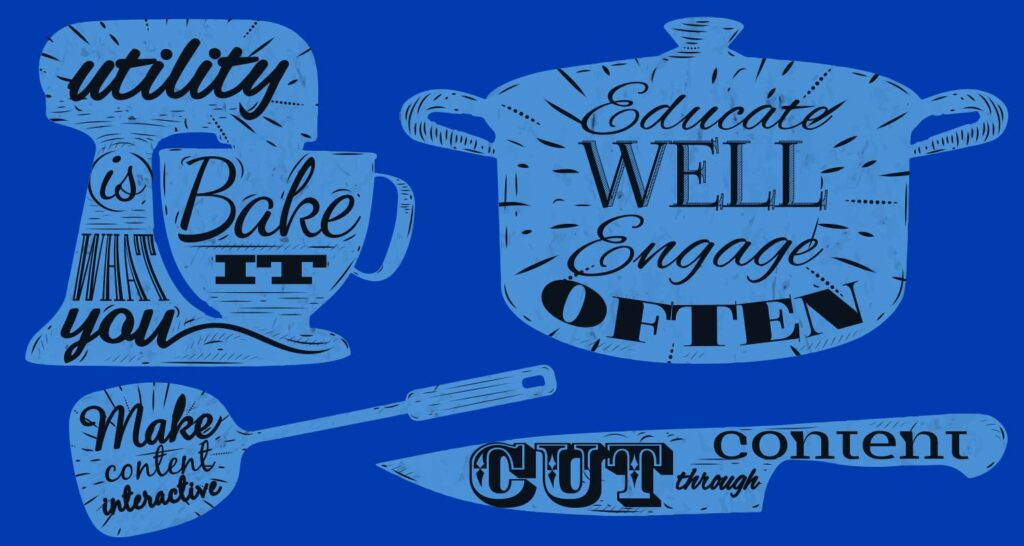
Content personalization is a top priority for marketers as we head into 2016. And with good reason—in a recent Venture Beat survey, 70% of marketers reported an improvement in the effectiveness of key metrics by employing personalization.
The same survey also revealed that most companies focus on bottom-of-the-funnel personalization in later stages when a visitor is known, which makes a lot of sense. When you’ve got certain basic contact or profiling information on a visitor (such as name, email, industry, etc.), modern marketing automation platforms do a great job helping to facilitate subsequent personalization of emails and even landing pages. Nurture tracks can be automated based on interests, web pages can be personalized based on name, forms can be pre-populated, or used progressively to lower the conversion hurdle—the list of ways an email or web pages can be personalized via marketing automation to a deep funnel visitor can go on and on.
But, often times, the discussion around content personalization stops there. Or rapidly starts to get murky. While most marketers know that content personalization will likely improve outcomes like content engagement and conversion, many marketers feel like content personalization falls into the “complex, hard-to-execute, confusing” bucket of tactics. That’s because, well… it can indeed be complex, hard or confusing.
I am a big fan of starting with simple, easy-to-execute tactics and building from there. When it comes to content personalization, it doesn’t have to be complicated. Interactive content experiences are rich with opportunities to get relevant and personal with your visitors. Here are a few ideas to get you started:
1. Be responsive
The quickest way to make a visitor feel you don’t “get them” is to serve up a site or page that isn’t responsive. A responsive experience is easier to navigate and use, and while this may seem like an odd tactic to put under the ‘personalization’ category, I think it is the little things that make your visitors feel like you put out the welcome mat for them.
2. Use keywords and contextually specific copy
Copy counts. If someone lands on your page from a certain ad or link, tailor the content to have continuity between where they came from and what they see on your page. Dynamic content can automatically change based on where a visitor is arriving from, instantly making the connection between click and copy and decreasing your bounce rate.
3. Use the visitor’s name
This is a no-brainer, but often overlooked. As Dale Carnegie said, “A person’s name is to that person, the sweetest, most important sound in any language.” People love to see and hear their name. As soon as you know your visitor’s name from a basic form completion, use it judiciously to make certain experiences feel more personalized (“Judy, determine your ROI with this new calculator!”).
4. Skip the forms
Once you have gathered data from a visitor, don’t ask them for that data again. That means skipping forms if a visitor has previously already completed one, or using progressive profiling to serve up different form fields to capture new data from them. At a minimum, you can pre-populate forms so visitors don’t have to re-type data they already provided to you.
5. Use content experiences that include ‘results’ pages
When your visitors take quizzes or assessments, their results page can be inherently personalized, based on the selections they made in the experience. A score, a grade, a set of right/wrong answers with insights—people gobble up the personalized nature of outcomes based on their responses to questions. Leverage this by creating results pages that feel really personal (“Judy, you scored an A based on your responses! Check out how you did below…”)
Overall, remember that relevance drives results. Today, it’s important to add some type of personalization to your content, but you don’t have to bite off more than you can chew. Determine a few simple things you can execute well, and do those first. Judge results, based on increase content engagement and conversion, and then determine the next set of personalization tasks to tackle. Baby steps lead to great things!







